
For many off-road fanatics, changing the oil in their rig is as easy as making a pot of coffee. But first-time vehicle owners or those who simply never learned how to change their engine oil might not realize just how easy it is.
With the proper tools, an oil change can take as little as 10 minutes, and disposing of the oil is as easy as driving to your local auto parts store (check with your local shop ahead of time). Most importantly, the money saved by paying someone else to change your oil can be spent on better oil like a synthetic or synthetic blend, which typically does not need to be changed as often.
We chose to swap out our oil with some Lucas Oil Synthetic 10W-30. The ideal viscosity will vary depending upon your engine type and the environmental operating temperatures. The rule of thumb is that high viscosity oils don’t flow well at low temperatures and vice versa. Check with your owner’s manual, local auto parts store or trusted mechanic if you’re unsure.
Synthetic oils, unlike traditional oils that are produced by distillation and refinement of existing crude oil, are essentially produced through chemical reactions. Without getting too in-depth, synthetic oils are really more of a blend of different synthetic base fluids with an improved molecular structure. Technically they have the same properties as “real” oil but are simply a more refined product. They also are not as prone to produce “sludge” buildup since synthetic oil don’t produce contaminants; whereas many conventional oils contain small amounts of sulfur, wax and other material that can potentially cause sludge or promote detonation.
As for the interval for oil changes, Lucas Oil suggests following manufacturer’s guidelines. But it’s fair to say most mechanics will tell you that synthetic motor oil can be changed at longer intervals. With improvements in all types of motor oil, even the traditional 3,000-mile oil change notion has been argued to shift to 5,000 miles (some argue synthetic oil can run safely for 7,500 to 10,000 miles). Ultimately, check your manufacturer’s guidelines to determine your oil change interval and the ideal oil type for your vehicle, and when in doubt, check the oil yourself to see if it still looks fresh or has darkened in color. Different oils will vary in color, so using the same oil over time will make it easy to spot fresh vs. used engine oil.
To change your oil, you’ll need the following items:
1. New Oil (see owner’s manual for type and amount)
2. New Oil Filter
3. Oil Change Pan (or a large enough container to catch the oil)
4. Socket or wrench to loosen oil drain plug (typically 5/8)
Items that can be helpful but aren’t necessary:
1. Oil Filter Wrench (not always necessary but useful if filter is very tight)
2. Rubber Gloves (keeps your hands clean)
3. Oil Catch Tray (large metal tray to help catch any potential spills)
4. Ramp Stands (if your vehicle is not lifted and is too low to crawl under
5. Funnel (to help pour oil into the engine)
6. Cat Litter or Dirt (to help soak up any spills)
Follow along as we show you a step-by-step guide to changing the oil in your off-road rig.
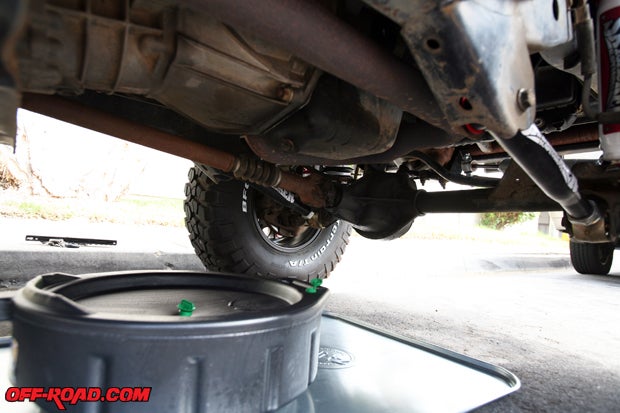
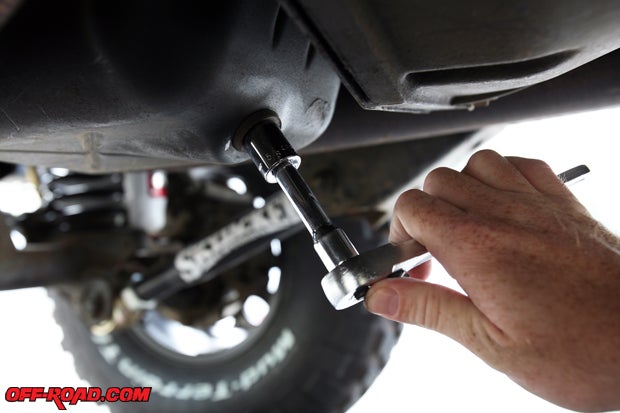
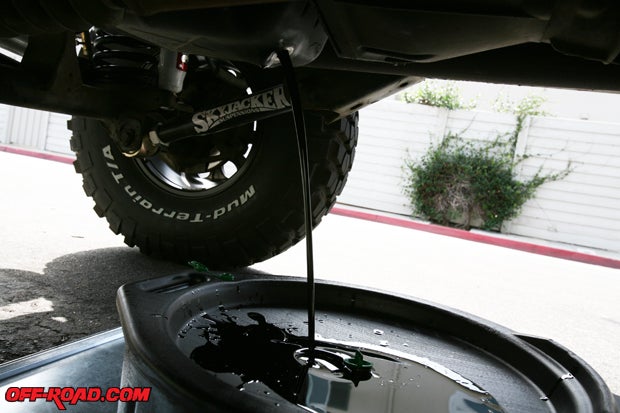
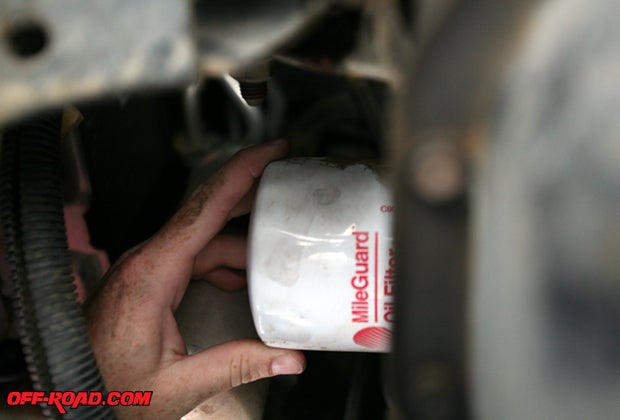
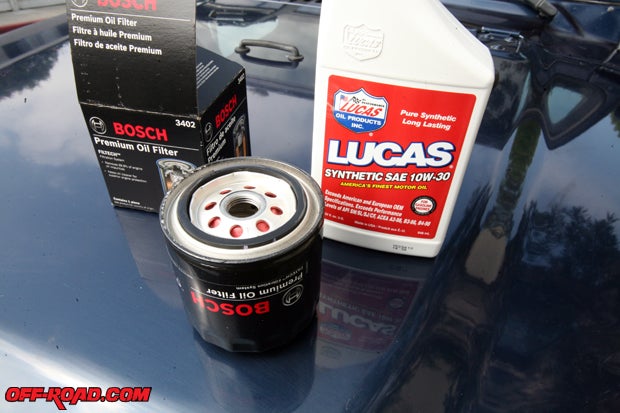
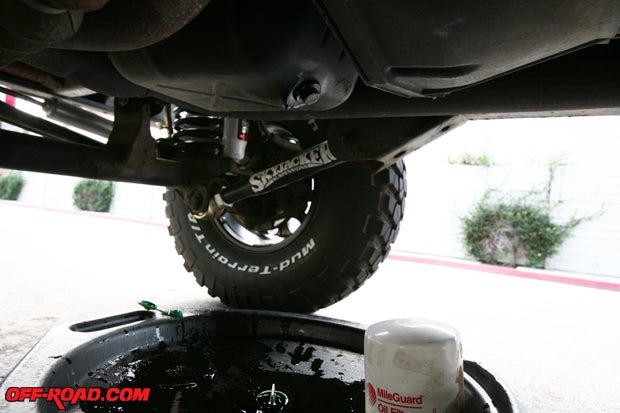
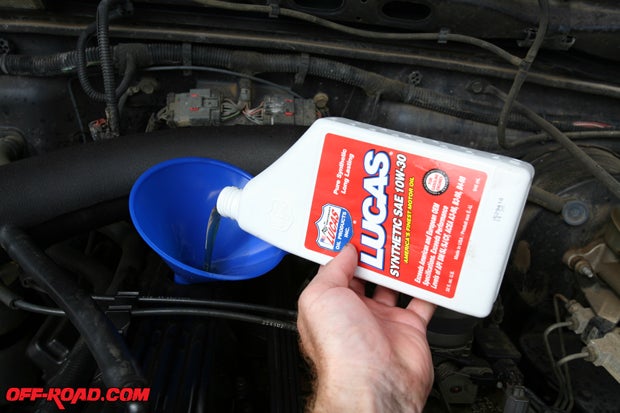
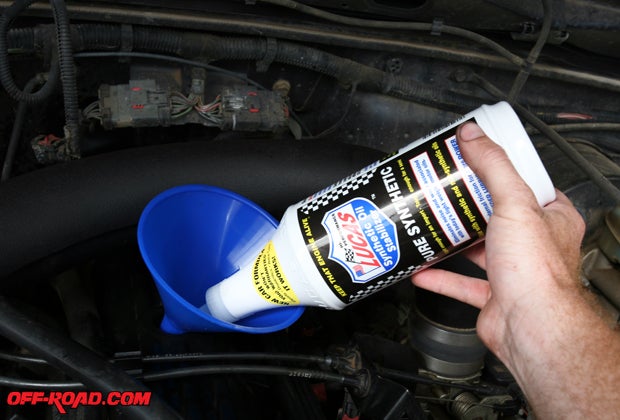
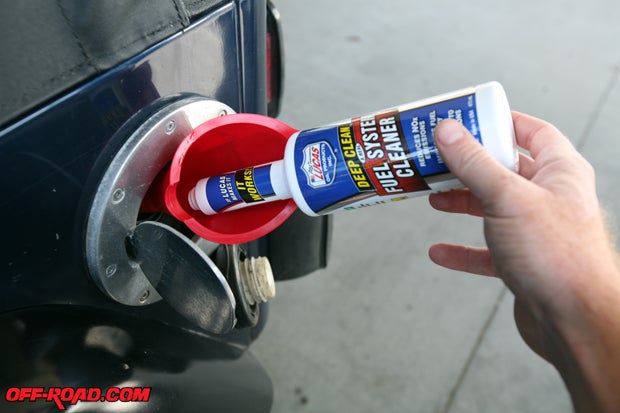
SOURCE
Lucas Oil
302 North Sheridan Street
Corona, CA 92880
Toll Free US and Canada: 800-342-2512
LucasOil.com


 Your Privacy Choices
Your Privacy Choices